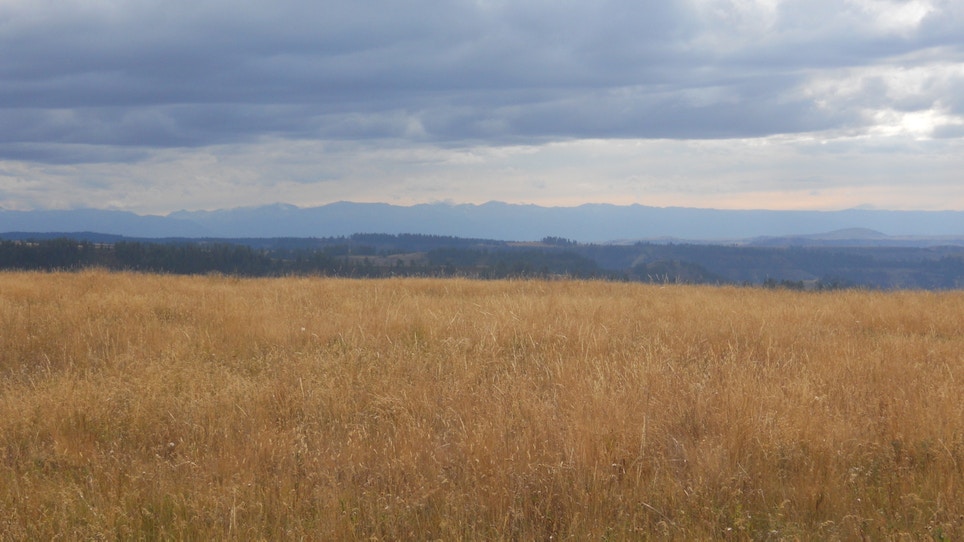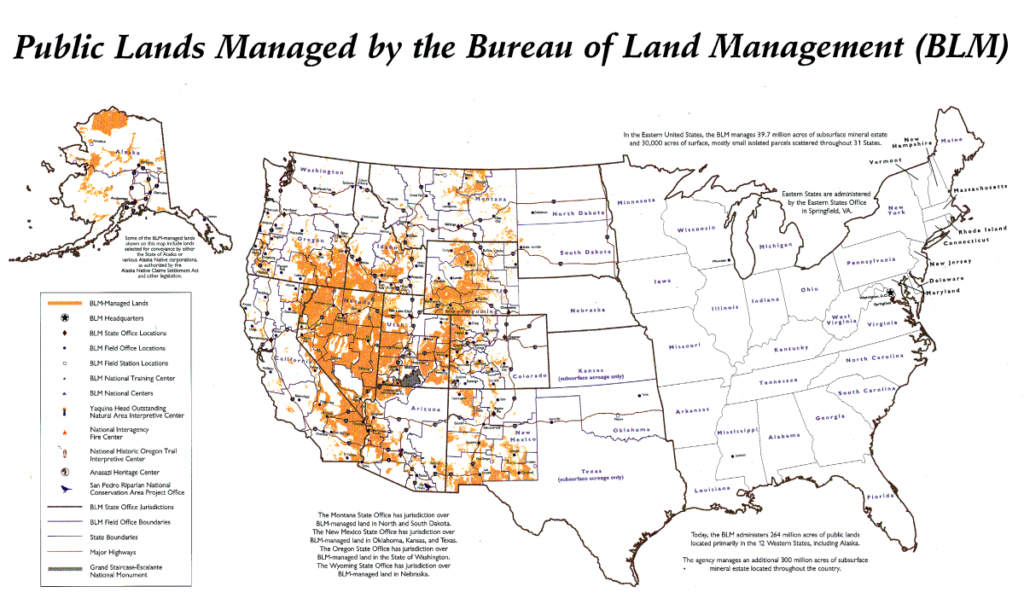Created in 1946 by Harry Truman, the Bureau of Land Management (BLM) is 245 million acres of public land and 700 million acres of subsurface mineral estates. If you live in the eastern United States, it wouldn’t be a surprise if haven’t heard of BLM lands because all BLMs are located in the western region of the country.
But these lands are excellent for hunting. In a blog post for “Modern Hunter,” a website dedicated to answering basic questions for new hunters, BLM land is cited as one of the best public-land resources available to hunters.
“A defining feature of BLM land is that it’s very multi-use and relatively low regulation. On BLM land, you can often hunt, target shoot, backcountry camp and drive off-highway vehicles in remote stretches of western country. The BLM affords recreation seekers the most freedom of any public lands.”
BLM land might be considered less “pristine” by some, but it’s wild and largely untouched. There are over 3,000 different species of animals — both game and non-game species — on these lands.
Quick tips to start planning a BLM hunt
Hunting BLM-managed land boils down to preparation. Identifying roads, road closures, the relationship between terrain and species of animals you would like to hunt and where public access points are located.
Here are a few quick tips to get started.
1. BLM Units and varying regs
Bureau-managed land is different from national forests, which is managed by the U.S. Forest Service. Each area managed by the BLM has its own set of rules to abide by since the beauty of the BLM is individualized management plans for every area. Check the regulation in each unit during the planning phase of your hunts by calling local DNR offices or reading the BLM website at blm.gov.
Bonus tip on elevation: This is a sweeping statement, but one that often proves true: If you’re hunting BLM lands, you’re likely hunting lower elevations compared to the hunting grounds managed by the U.S. Forest Service, which often reach higher elevations.
2. Knowing boundaries
One of the bigger challenges of hunting BLM land comes down to being cognizant of boundaries. Much of BLM exists near private property making it critical for hunters to take the time needed to identify and respect borders. With plenty of smart phone app options, staying on public land and avoiding conflicts are easy.
3. Road Closures
When planning a hunt on BLM land, find out which roads are closed. All this information is on the BLM website. Finding closed roads is something public-land hunter and advocate Randy Newberg regularly preaches in his videos and blog posts, especially when hunting elk:
“The best elk sign you can find is the one that says, ‘No Motorized Travel Beyond This Point.’ Fewer motors and tougher access mean more and bigger elk. It may not rival Newton’s Law of Physics, but on public land Newberg’s Law of Elk is every bit as true — and pretty important for some of us. The best hunting starts where the roads end.”
Although many roads cut throughout BLM land, hiking away from the roads is one of the most critical for increasing your odds of success. Elk and other wildlife have a pure hatred for human pressure and will push well away from easy access points. However, if you happened to score an antelope tag, driving roads and glassing is an easy tactic for locating a good buck.
Related: Hit BLM areas in these 4 states
The BLM is an agency tasked with maintaining a balance between responsibly extracting resources and conserving lands. When the Grazing Service and the General Land office merged, the new Bureau focus was directed toward long-term management. According to the Bureau’s website, “despite the rapidly changing environment in which we work, the BLM remains committed to its core mission mandated by FLPMA — a careful balancing of multiple use and sustained yield.”
BLM public land has been a hotly debated topic between sportsmen, activists, and politicians since it’s managed for multiple uses balancing recreations with revenue generation. Through mining and natural resource management, BLM land produces over five billion dollars annually for the U.S. Government.







